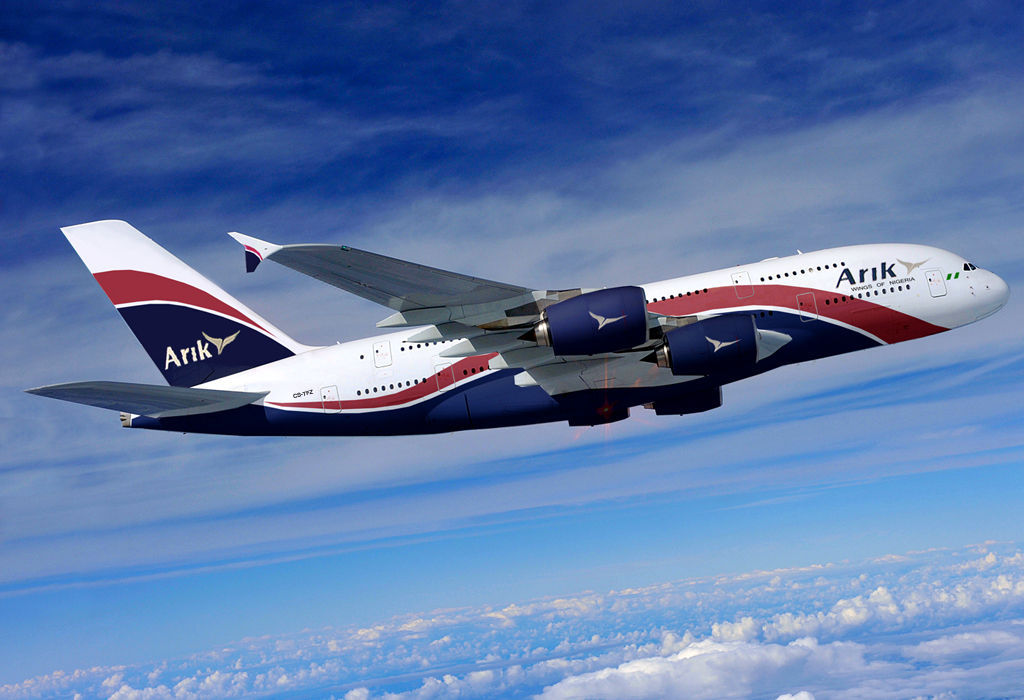- Despite Poor Infrastructure, FG Rakes in N45bn from Aviation Agencies
Revenue generating agencies in the aviation industry remitted over N45 billion to the federal government between 2015 and 2018, amid poor airport infrastructure, absence or obsolete landing aids and inadequate manpower development, findings have revealed.
These revenue generating agencies include the Federal Airports Authority of Nigeria (FAAN), the Nigerian Civil Aviation Authority (NCAA) and the Nigerian Airspace Management Agency (NAMA), which are mandated by law to pay 25 percent of their gross earnings to the federal government’s Consolidated Revenue Fund (CRF).
Data obtained from the aforementioned agencies showed that while in the last three years, NCAA remitted about N17 billion to government; NAMA paid N15 billion, while FAAN paid N13 billion.
While NAMA and the NCAA refused to make available full details of remittance to the government, payments by FAAN showed that in 2015, FAAN paid N4,151,496,255. 29; in 2016 it paid N2,565,736,042.80; 2017 it also paid N3,511,824,344.60 and in the first three quarter of 2018, it paid only N2,034,849,312.27, making it a total of N12,943,905,954.96.
Reacting to these payments, the President of Air Transport Service Senior Staff Association (ATSSSAN), Mr. Ilitrus Ahmadu, called for a review of the 1999 Constitution as amended such that the funds would be deployed for the development of airport infrastructure, provide navigational aids and modernise airport terminal facilities, saying when the funds are paid to government they are never used to fund any project in the industry.
He said, “I think there are infrastructural issues begging for attention in the industry, which this money could be used to solve, so why ask FAAN to remit this money to the government? If government allowed FAAN to use this money to provide essential facilities it can monitor if the agency is judiciously utilising the money. This is not excess generated funds that government is demanding from these agencies; they are mandated to pay 25 per cent of their budgeted revenue to government.
“NCAA needs a lot of money for human capital training and establishment of some facilities, including the Nigerian College of Aviation Technology (NCAT), Zaria which needs funds to upgrade its facilities to the global standard as the International Civil Aviation Organisation (ICAO) recognized it as excellence training centre.
“For now the school is not conducive for training, it needs more money to upgrade it to top training institution it ought to be.”
However, a senior FAAN official said that it is only in Nigeria that airport agencies are meant to pay money to government, saying that in other parts of the world, airports use the money generated to develop the airports.
The source said, “In other parts of the world, airports do not collect money to pay to government; that is why our situation is pathetic. Our model of airport management is different from any other in the world. Most of the money we earn we use to bribe government officials at the ministry just for them to approve the projects we want to do to improve the airports.
“They are not interested in the maintenance of the airports. Sometimes they order for irrelevant projects to be done at the airports but you cannot question them. That is how bad it is.”
Furthermore, the FAAN official said airport facilities would improve if the ministry could allow FAAN to use 20 per cent of its revenue to develop the airports.
“The people who manage the airports are not held accountable for what happens at the airports because they are not the ones that take the decision on how the facilities are run. If FAAN is given financial autonomy it will improve the airport infrastructure and become innovative like other airport management companies around the world,” he said.
The Managing Director of Aviation Consulting Company, Mr. Tayo Ojuri, lamented that government does not give the agencies subvention; yet it collects 25 per cent of the revenues the agencies pay into Single Treasury Account (TSA).
According to him,“In a situation where the government decides to cut the budget all the time, it means the government hasn’t realised yet that aviation is an economic catalyst. There is never enough money. But I believe commercialising these airports will drive inflow and being able to input that money that is realised from the airport to develop capital projects within the airport. This will actually be revenue generating.
“Ghana Airport Company Limited is a commercial entity, it is free from government interference as it can take a loan and do anything it wants to. FAAN is still tied too much to the government. Management of the airports is still tied to government bureaucracy and this is where the challenge is. So, moving forward, we need to commercialize the airports and it will function in line with best international practices.”
An official from NAMA also said that government has judiciously been removing agencies’ monies “and NAMA does not spend any money that has not been budgeted. We strictly follow the rules but we don’t talk about the money they take from us.”


 Forex2 weeks ago
Forex2 weeks ago


 Naira2 weeks ago
Naira2 weeks ago
 Naira4 weeks ago
Naira4 weeks ago
 Company News4 weeks ago
Company News4 weeks ago
 Billionaire Watch1 week ago
Billionaire Watch1 week ago




 Naira2 weeks ago
Naira2 weeks ago




 Naira4 weeks ago
Naira4 weeks ago




 Naira1 week ago
Naira1 week ago





















